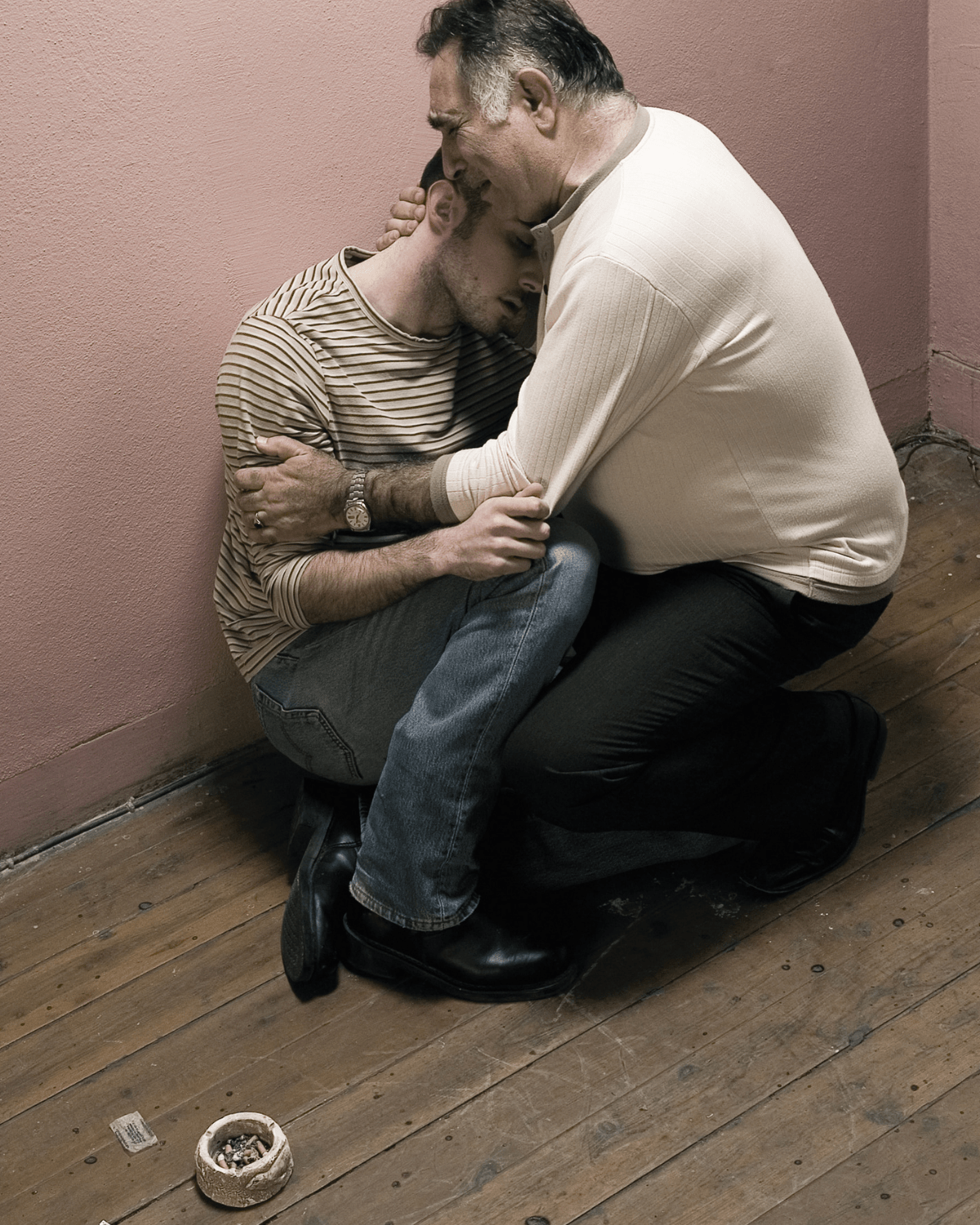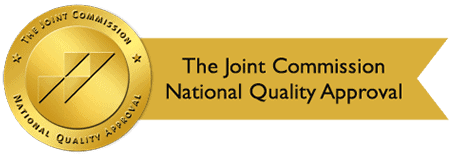By: Design for Change Recovery
Categories:
Why Are People Switching from Opioids to Heroin?
You are here:Switching to heroin from opioids is not a new thing. People have been doing it for years. But, recently, there has been a significant increase. So, why is this increase happening, and what are the risks involved? Let’s begin by taking a look at the differences between opioids and heroin.
Some of the Reasons for Switching to Heroin
People who use prescription painkillers for non-medical reasons are very likely to switch to heroin. This happens because heroin is cheaper and more easily obtained. Also, illicit heroin production isn’t tracked or controlled the way prescription opioids are. This lack of control is a leading factor in the prevalence of heroin addictions today.
Surprisingly, many senior citizens are switching from opioids to heroin. These individuals are often on a restricted budget, and the high costs of prescription drugs are more than they can afford. Some people in this situation will sell their prescription drugs and use the money for other things they need.
Another problem senior citizens face is the risk of becoming addicted to their prescription drugs. Since they can’t obtain or afford extra prescription drugs, they buy heroin from a street dealer. Their desperation puts them at risk for severe complications due to their health or from other substances they may be taking in addition to the heroin.
Is Heroin More Dangerous than Prescription Opioids?
Heroin is an opioid derived from morphine, so it is more addictive than prescription opioids. Heroin is also one of the most misuse or inappropriate used opiates today. The Controlled Substances Act (CSA) has heroin classified as a Schedule 1 substance. This class of drugs has no accepted medical use and a high potential for misuse or inappropriate use and addiction.
One of the dangers of heroin use is contracting HIV/AIDS when using the drug by injection. Another problem with heroin is that street dealers often lace it with fentanyl. Fentanyl is a synthetic opioid that is about 80 to 100 times stronger than morphine. In many cases, a buyer doesn’t know fentanyl is present in the heroin they’ve purchased. For that reason, fatal drug overdoses are on the rise all across our nation.
Why Is Switching to Heroin from Opioids Dangerous?
Prescription opioids and heroin have similar chemical structures and can produce similar effects. However, prescription opioid production occurs under strict guidelines and quality control measures. People who use these drugs non-medically know what to expect as far as side effects are concerned. But, illicit heroin can contain various chemicals and additives such as fentanyl that can be dangerous or deadly.
The dangers of switching to heroin can include, but are not limited to, the following:
- Irreversible changes in brain functioning.
- Uncontrollable drug-seeking regardless of consequences.
- High risk of addiction no matter how it is ingested.
- Depressed breathing and heart rate.
- Severe withdrawal symptoms after prolonged use.
- Depression and suicidal ideations.
- Injecting heroin causes scarred and collapsed veins.
- Blood vessels that lead to the lungs, kidneys, liver, and brain can be clogged.
- Hepatitis B and C and HIV.
Researchers found that 89% of people who use heroin once misuse or inappropriate used opioid painkillers. Of course, addiction to any opioid, whether legal or illicit, can be deadly.
Switching to Heroin Leads to the Need for Professional Treatment
Professional treatment is the best recourse to successfully overcome heroin addiction. Most people who attempt to quit heroin on their own relapse more than once. The relapse happens because they haven’t addressed the other factors involved in their heroin misuse or inappropriate use.
Quitting a drug only addresses the physical aspect of addiction. But, the emotional and environmental issues that played a role in the person’s substance misuse or inappropriate use were not resolved. As long as those issues remain the individual not be able to maintain sobriety.
Think about it this way. What makes a person decide to experiment with addictive substances? Some do it because they want to have fun or fit in with the crowd. Others begin using drugs as a form of self-medication for depression or low self-esteem. Or, some use drugs or alcohol as a form of relaxation at the end of a difficult day. In any of those instances, casual use can quickly become compulsive and end in a deadly addiction.
Heal Your Body and Mind at Design for Change Recovery
At Design for Change Recovery, we understand the complex nature of addiction. That’s why our programs are designed to focus on the emotional, mental, spiritual, and physical factors involved. In this way, our clients can leave treatment with a healthier body and mind and the skills and confidence to truly enjoy freedom from addiction.
We offer a fully licensed and JCAHO certified program. Also, our facility is staffed by compassionate, highly skilled professionals who ensure our client’s safety and comfort at all times. We want our clients to feel nurtured and secure so they can focus entirely on healing.
If you would like to know more about our program, contact our Lancaster, CA facility today. One of our representatives will be available to answer your questions and recommend a treatment program customized to your unique needs.
Sources:
- dea.gov/ – Drug Scheduling
- ncbi.nlm.nih.gov/ – A Local Epidemic of Laced Heroin
- drugmisuse or inappropriate use.gov/ – What are the Long-Term Effects of Heroin Use?


